A new biomaterial shows unprecedented success at eliminating bacteria that cause bone infections and promote the regrowth of injured bones.


A new biomaterial shows unprecedented success at eliminating bacteria that cause bone infections and promote the regrowth of injured bones.
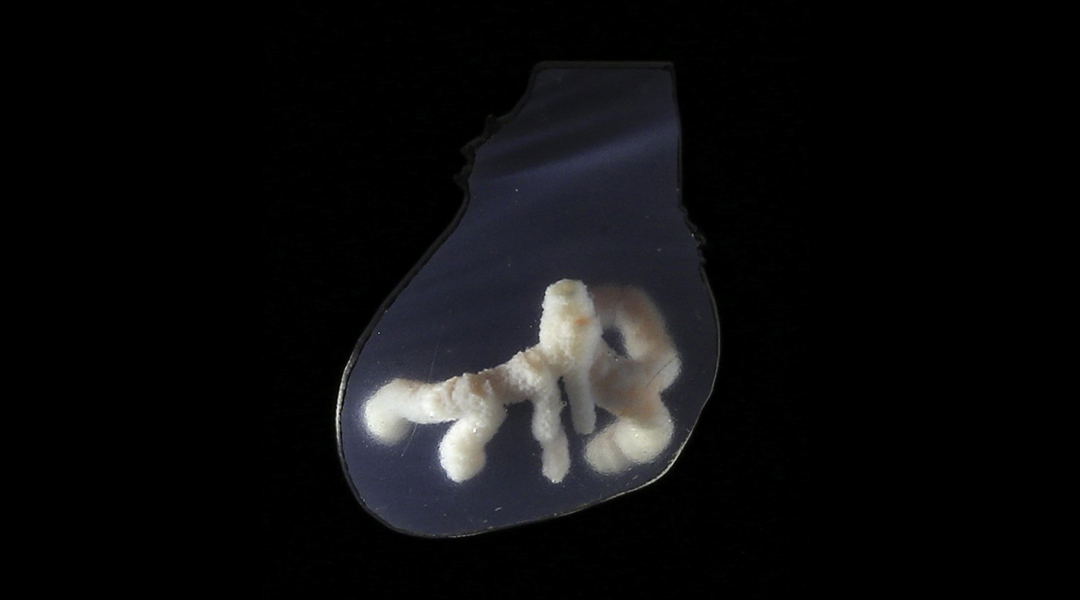
This 3D printing method could make lab-manufactured organ transplants not just a possibility but a viable reality.
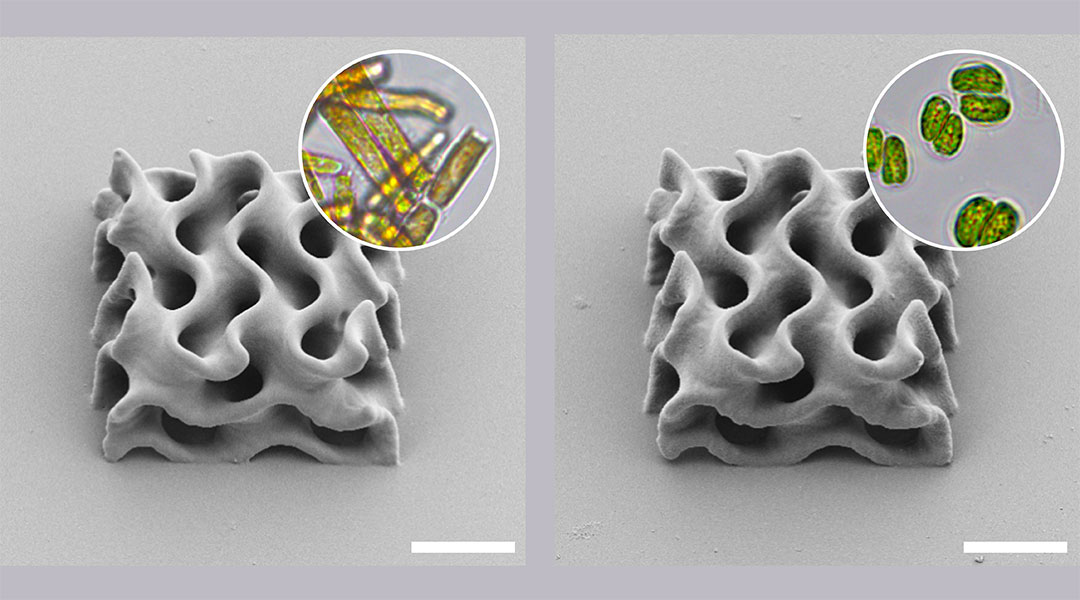
A search for environmentally friendly inks led researchers to microalgae biofactories, providing a renewable biomass solution.
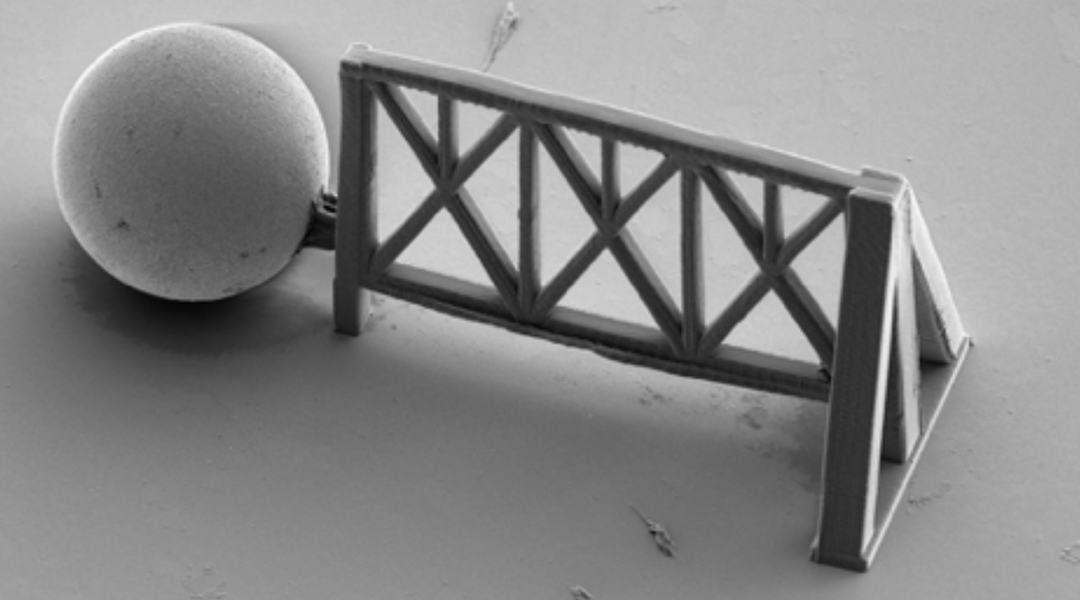
Scientists employ cutting-edge 3D printing to recreate human-like tissue, promising a breakthrough in cellular research and potential insights into aging and disease.

Using sound fields to trap particles and mold matter in complex shapes, scientists are taking 3D printing to the next level.
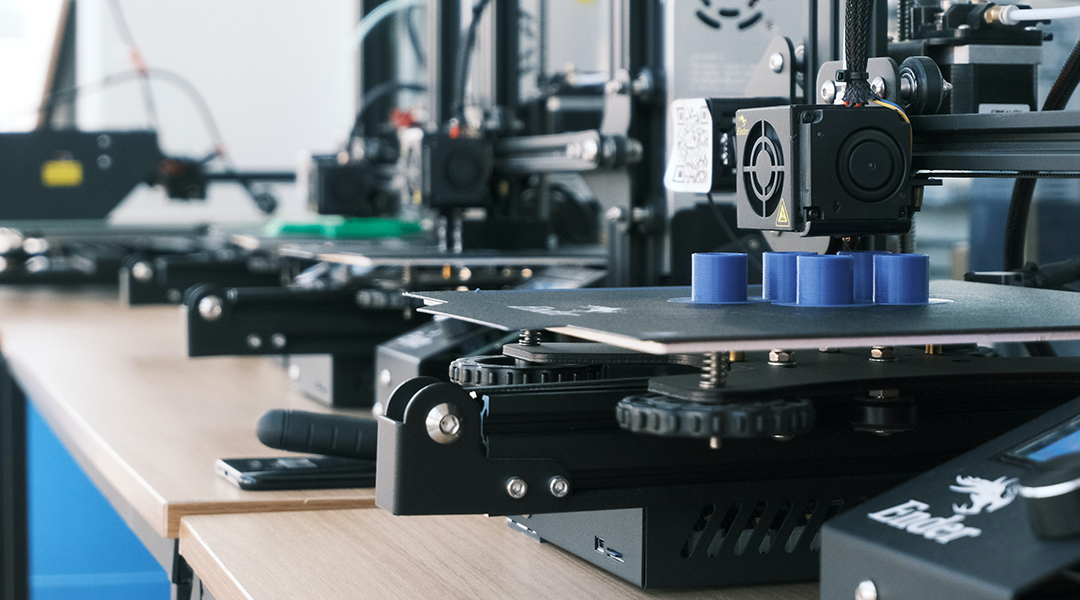
To optimize 3D printing, researchers apply machine learning to minimize waste and optimize structure during the printing process.
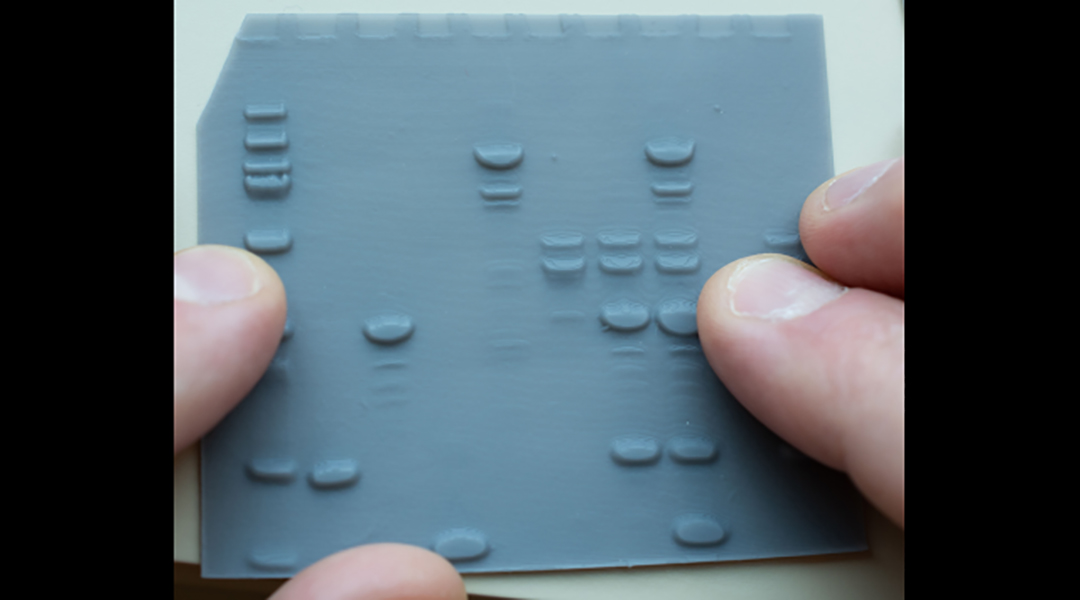
3D-printed lithophanes are helping to democratize science by making data more shareable between sighted and blind scientists.

Using light-based polymerization, researchers have reduced the amount of time needed to 3D print certain medicines from minutes to seconds.

Researchers explore how manipulating the properties of chocolate metamaterials can change our enjoyment of it.

A pollen-based ink opens doors for advancements in 3D bioprinting.